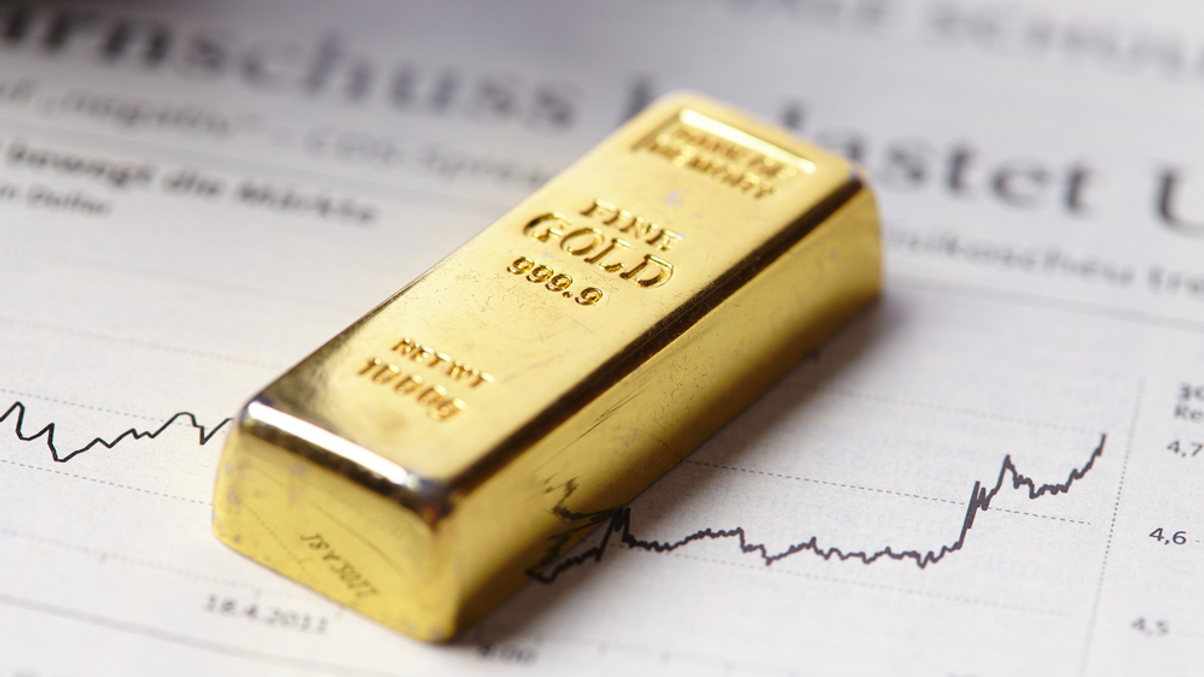Market Views: How high can gold prices go?
Inflation, banking crisis, and a weakening US dollar are putting gold under the spotlight. AsianInvestor asks asset managers if gold prices have hit a peak or if there is more room for prices to rise.

Gold once again pushed above $2000 per troy ounce in April, marking the third monthly period when gold has traded above that level in nominal terms.
Sign in to read on!
Registered users get 2 free articles in 30 days.
Subscribers have full unlimited access to AsianInvestor
Not signed up? New users get 2 free articles per month, plus a 7-day unlimited free trial.
¬ Haymarket Media Limited. All rights reserved.


